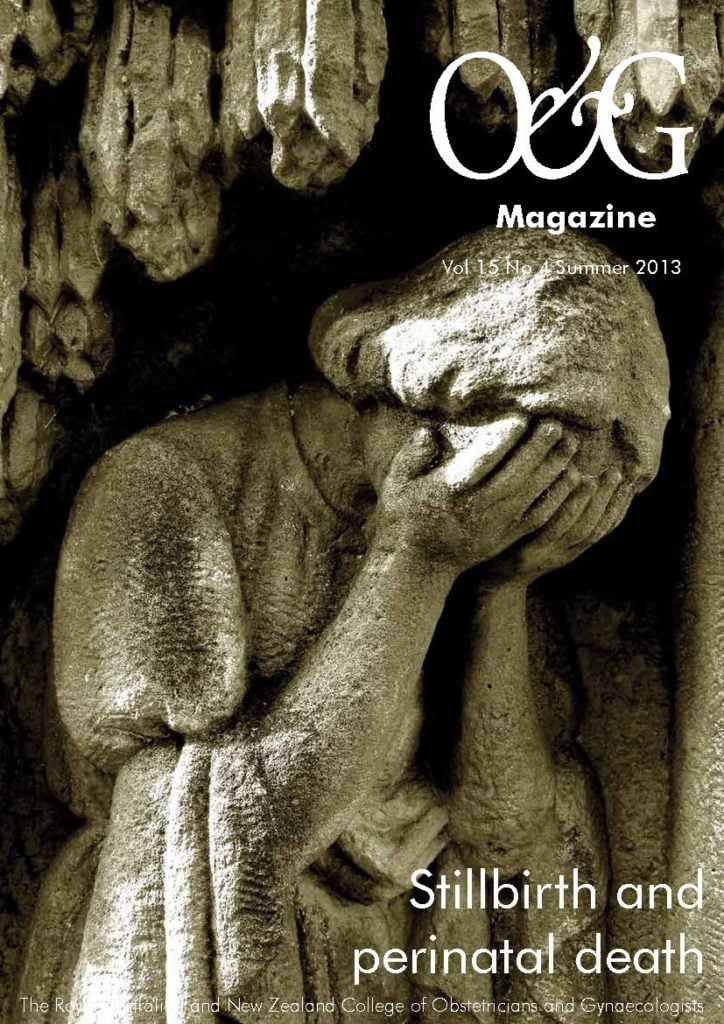Women, medication and libido – who wants a threesome?
Somewhere in Continental Europe. Two women in their 30s are touching up their make-up in a chi-chi restaurant bathroom. The brunette takes a little spray bottle out of her handbag, pulls up her A-line skirt and sprays her inner thigh. The other woman raises her eyebrow and the brunette smiles, explaining, ‘I’m on a date. It’s Eros Breeze…’
Given recent technological advances, the increase of understanding in neurobiology and our sex-fuelled culture, it’s difficult to even imagine the future of postmodern libidos. At present, there are a number of drug options for women experiencing sexual problems. But almost all of the drugs targeting female libido aren’t on sale at a pharmacy. Many are being trialled, for the second or third time, while most have been flat-out rejected by the regulators such as the Australian Therapeutic Goods Administration (TGA) and the American Food and Drug Administration (FDA) because they haven’t been considered safe or effective enough for public consumption. Yet, with these drugs there is constant trial and error, oftentimes with surprising results. As such, many drugs experience a rebirth and are used in different ways, for different purposes, by different companies and in different countries, making it all rather complicated.
It is only a matter of time, however, before one of these drugs, or a close relative, will come out on top. Not usually a gambling woman, I have a number of reasons to be confident. First off, given the commercial success of Viagra, finding its female equivalent is an obvious goal. Second, the number of drug-company-backed researchers in hot pursuit of a sexual fortifier for women is similar to the backing received for walking on the moon – lots of hard science, lots of hard cash. Third, a whole new related discipline has been created called ‘sexual medicine.’ Fourth, recent advances in brain research promise discoveries about where desire is located in the human brain and how to amplify it, this will inform the creation of an elixir that changes not only our body’s reaction to stimuli, but how we think about it. It’s likely that research on sexuality in relation to hormones and blood flow will also become more compelling. Fifth, marital sex has become the bedrock of measuring marital happiness, with divorce or adultery a common response to lack of sexual satisfaction. And, sixth reason, our sexuality is already increasingly medicalised. Sex drugs are part of our common landscape: the contraceptive pill and hormone replacement therapy, now ordinary aids in our sophisticated modern life.
Medicine has replaced magic, and doctors and lab researchers have replaced the shamans and herbalists of yesteryear. We can turn a man into a woman, stop female fertility, alter melancholy and reverse some of the effects of menopause. Well, then, what can the enterprise of medicine do for our tired, lagging libidos?
When researching my book, Sex Drive: in Pursuit of Female Desire, I grouped the drugs that target female desire by whether they affect blood flow, the hormonal system or the central nervous system. Looking at the blood flow drugs, we have Viagra and its groupies, Cialis and Levitra. All are classed as phosphodiesterase 5 (PDE5) inhibitors, which increase blood flow to the genitals by raising the levels of nitric oxide, which encourages relaxation and dilation of the blood vessels. Limited research shows that women who take Viagra experience increased blood flow to their vagina and clitoris. Some research has shown that PDE5s can counter the negative sexual side effects associated with taking selective serotonin reuptake inhibitor antidepressants and that it may be helpful to women with arousal disorders. But as for women in the mainstream population, studies so far have been disappointing. Other sex drugs targeting blood flow include NMI-870, Femprox and ArginMax.
On the hormonal front, testosterone has been given to men for many years. Researchers are currently looking at how it might benefit women. ‘Androgen deficiency’ in women is, of course, controversial. While some researchers believe it can cause lethargy and lack of desire in women, it is difficult to measure and there is no definitive testosterone level that correlates to low libido. Yet there is agreement that total circulating and available testosterone in women in their 40s is about half that of women in their 20s. An increasing body of research shows testosterone therapy causes improvement in desire and pleasure for women. Safety concerns associated with testosterone include masculisation, risk of exposure to children and pets, and a possible link to breast cancer.
Intrinsa, a testosterone patch was rejected by regulators in the USA, Canada, Australia and Asia, before gaining approval in Europe in 2006. It’s only available for women with diagnosed sexual problems, or women who have premature menopause as a result of surgery. It was rejected in the USA not because it wasn’t shown to work – in fact, the panel voted 14 to three that the trials showed a meaningful improvement in desire and pleasure – but because data on safety was considered inadequate.
Given that no testosterone product has been government-approved to treat low libido in women in the USA, Asia or South-America, it has led to the off-label use of testosterone products commonly used for men, but in lower doses. Discussing this practice, Australian expert Dr Susan Davis and her colleague Esme Nijland suggest that an uncontrolled trial of the safety of testosterone is already happening in the community. Testosterone sprays of different sorts are also currently being tested. So too is Libigel, a testosterone gel applied to the arm. Drugs based on dehydroepiandrosterone (DHEA) can be bought in the USA and Canada, but are not available in Australia. AndroFeme (a cream) is approved in Western Australia. This cream has been used in some short-term studies. Longer studies are required to better understand long-term safety.
The purported benefits of hormone replacement therapy (HRT) include a reduction of vaginal dryness and increase of overall sexual function. Tibolone, for instance, a synthetic hormone with estrogenic and testosterone effects, is mainly used for HRT in postmenopausal women. It is available in the UK, other parts of Europe and Australia, although it is not approved in the USA.
Women in the USA are increasingly opting for what is known as bioidentical hormone replacement therapy, and not only to treat menopausal symptoms, but as a way to increase sex drive, vitality and beauty via youthfulness. With celebrities such as Oprah Winfrey and Robin McGraw, the wife of talk-show host Dr Phil, fronting the trend, it has become an ‘it’ drug. Blood tests are taken to determine a woman’s hormonal levels, resulting in a calculated prescription of bioidentical oestrogens, progesterone, pregnenalone, testosterone and/or DHEA, followed by regular hormone monitoring. However, no studies exist on their long-term effects.
Lastly, there are the drugs that affect the central nervous system. Flibanserin was rejected in 2011, because it wasn’t considered effective or safe. Bupropion, originally an antidepressant and smoking cessation aid, is currently used off-label for women with chronic low libido. Several studies have shown it improves women’s desire, although side effects include skin reactions and, in some cases, psychiatric disturbances. Bremelanotide is currently in pending phase 2 trial discussions in the USA. Previously the drug, nicknamed the ‘Barbie drug’ (melanotan II), was used as a sunless tanning drug. Studies have shown that when given to female rats, they showed a somewhat more interest in males. As for human females, a few small studies have displayed positive effects for genital arousal and desire.
What can we make from all this? Is it possible that rather than prescribing ‘pink Viagra’ – the moniker for the entire enterprise – there may be another more powerful prescription? After all, studies show that divorce or the start of a new relationship can revitalise an otherwise lethargic libido. So, could be novelty be just what the doctor ordered? Before trying a new drug – or, indeed, a new partner – consider these relationship improving options: sex therapy, mindfulness practices, manufacturing distance or danger, and rechanneling libido. Sexual prime is a function of ‘sexiness’ – and that can peak at any age.






Leave a Reply